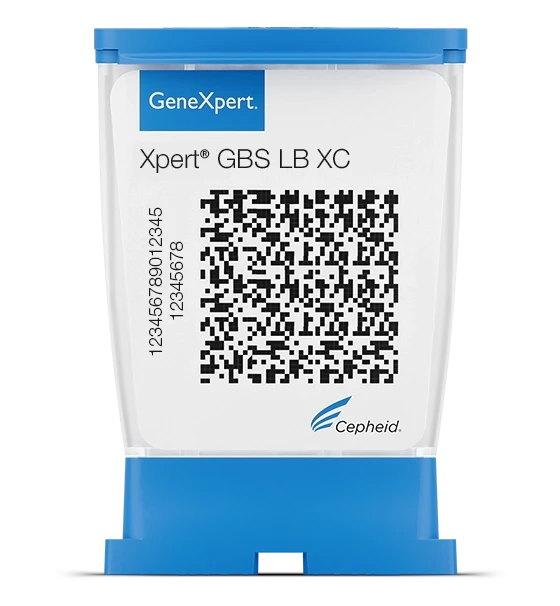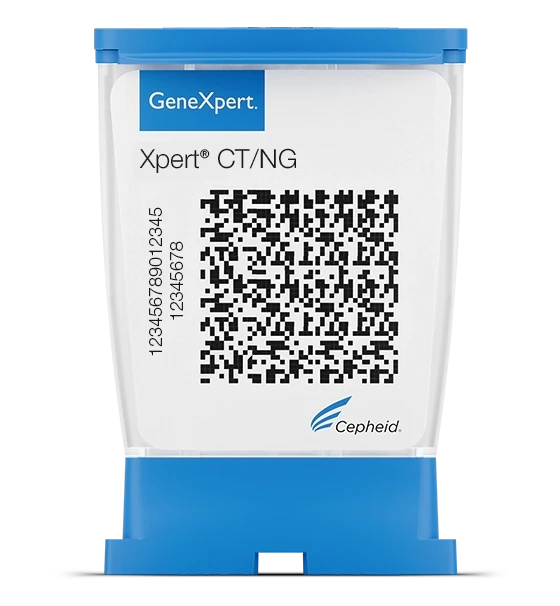



The Need
- Centers for Disease Control and American College of Obstetricians and Gynecologists practice guidelines recommend universal antepartum screening along with intrapartum where indicated based on risk
- Risk based IAP exposes 65–85% of GBS-negative women with risk factors to antibiotics. This has been linked to emergence of resistant strains3
- Up to 50% false negatives when testing with agar alone4
2 ACOG Committee Opinion No. 485: Prevention of early-onset group B streptococcal disease in newborns. Obstet Gynecol. 2011 Apr;117(4):1019-27.
3 Alfa MJ, et al. Real-time PCR assay provides reliable assessment of intrapartum carriage of group B Streptococcus. J Clin Microbiol. 2010 Sep;48(9):3095-9.
4 Paolucci M, et al. How can the microbiologist help in diagnosing neonatal sepsis? Int J Pediatr. 2012;2012:120139
US-IVD. For In Vitro Diagnostic Use.
The Solution
On-demand molecular testing — an ideal solution:
- System designed with Early Assay Termination (EAT) with positive samples reported STAT
- Moderately complex testing with minimal hands-on time
- Reduces lab's work for antenatal screening
- Random access ensures any test on the menu can be run anytime, without the need to batch run
The Impact
A molecular in vitro diagnostic, Xpert GBS LB XC is designed for use in the clinical lab. It allows users to perform three simple steps and the GeneXpert does the rest.
- Easy to use screening test
- Delivers results on positive LIM broth samples in 27* minutes
- Fast accurate NAAT results
- Moderate complexity
Frequently Asked Questions
The Xpert GBS LB XC test is an automated qualitative in vitro diagnostic test for the detection of Group B Streptococcus (GBS) DNA from enriched vaginal/rectal swab specimens, using real-time PCR. (1)
Xpert GBS LB XC testing is indicated as an aid in determining the GBS colonization status of antepartum women. The Xpert GBS LB XC test is intended for antepartum testing on enriched Lim broth cultures of vaginal/rectal swabs after 18–24 hours of incubation. (1)
The Xpert GBS LB XC test does not provide antimicrobial susceptibility test results. Culture is necessary to obtain isolates to perform susceptibility testing as recommended for penicillin-allergic women. (1)
Group B Streptococcus (GBS) bacterial infection is associated with rare but serious illness in infants born to women who are colonized with Streptococcus agalactiae. Illness can occur in the first 7 days after birth (early-onset disease) or between a week and a few months after birth (late-onset disease). Infants with GBS infection can present with sepsis, pneumonia, or meningitis. (1)
1. Cepheid. Xpert GBS LB XC Package Insert. Accessed Dec. 18, 2023. https://www.cepheid.com/en-USntent/dam/www-cepheid-com/documents/package-insert-files/Xpert%20GBS%20LB%20XC%20ENGLISH%20Package%20Insert%20302-4580%20Rev%20B.pdf




